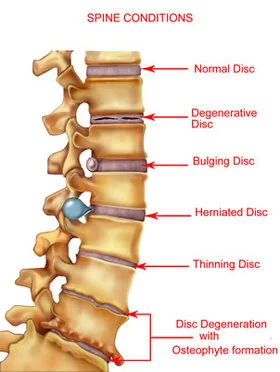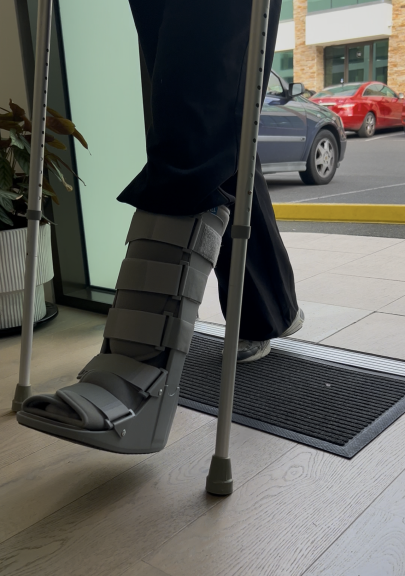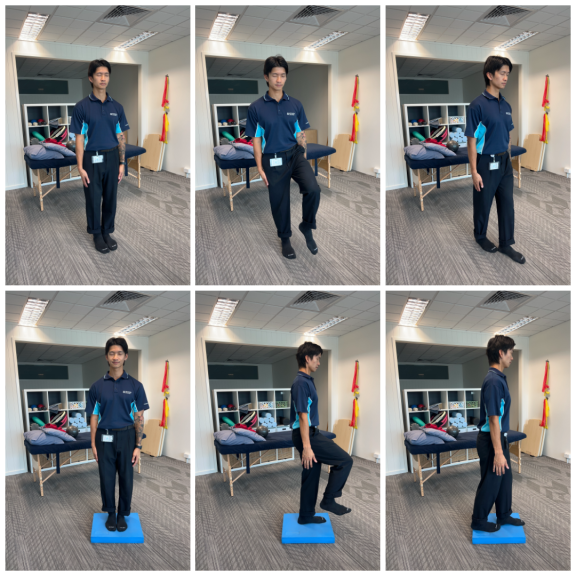
Today we will discuss ways in which you can protect your spine from injury. Your spine is made up of three main regions: the cervical spine, also referred to as the neck; the thoracic spine or “mid-back” and the lumbar spine or “lower back”, which bears a great deal of the body’s weight and is vulnerable to strain or injury. You can protect your spine and keep it healthy by paying attention to the following.
Ergonomics
This has to do with fitting the job to the person, and looks at the way you position your body during the performance of your duties. If you are an office worker, proper posture while seated is crucial to maintaining the health of your spine. The backrest of your chair should allow for a slightly reclined position, while the seat should slope for a slightly lower than 90 degree angle for your knees. Your feet should be firmly planted on the floor. Placing your monitor so that your eye level is direct with the centre of the screen will prevent strain to the cervical spine. Your arms should hang naturally and when typing, forearms should be parallel with the floor, with wrist in a neutral position.
Exercise
Poor posture places a tremendous strain on the spine and discs. By strengthening the some muscles of your abdomen and trunk, you can provide greater support to your spine and alleviate pain and injury. Train yourself to stand and sit upright by exercising these core muscles and by focusing on your posture. In some cases, if you haven’t exercised in a long while, you may feel pain after exercising. Stretching after exercise, followed by a nice warm bath, will help reduce pain. Please be sure and consult your doctor before beginning any spinal exercises as your spine can be easily injured by improper movements.
Sleep
After a good night’s sleep, you should awaken refreshed and energised, but some people wake up with pain and stiffness in their neck or lower back. It could be that they slept on the wrong type of mattress or in the wrong position. You should sleep in the position that best supports the natural curve of the spine. If you sleep on your side, put a pillow between your knees; if you sleep on your back, place a pillow under your back and one under your head. Avoid sleeping on your stomach if you can, but if not, place a pillow under your stomach. You may want to remove the pillow from under your head in this position.
Peak MSK Physiotherapy Can Assist You Whatever your occupation may be, you need to protect your spine from injury. In some cases, a combination of all of the above may be necessary to keep your spine healthy. Your Peak MSK physiotherapist can help you decide which ones you should adopt. Contact us today to discuss your needs and how we will be able to assist you to stay smart about your spine.













